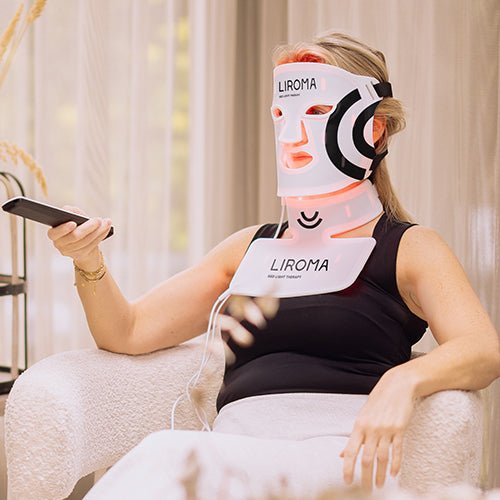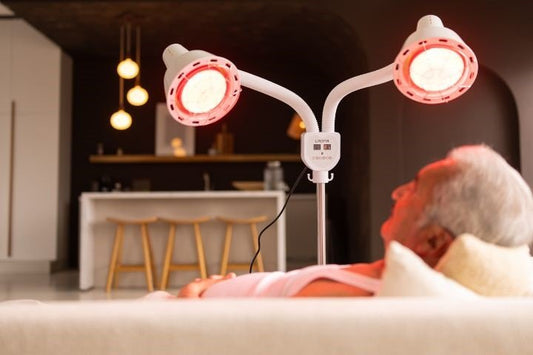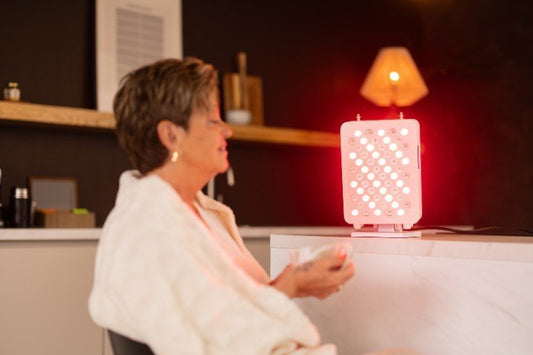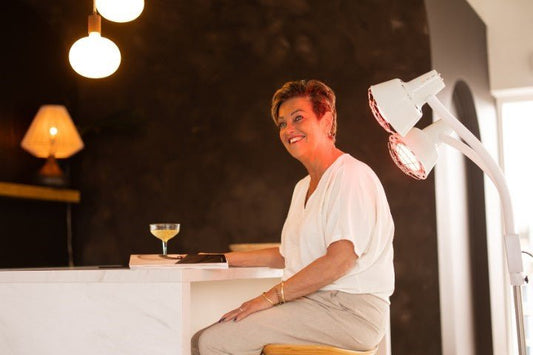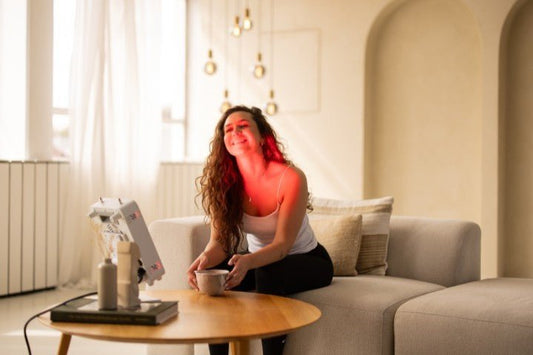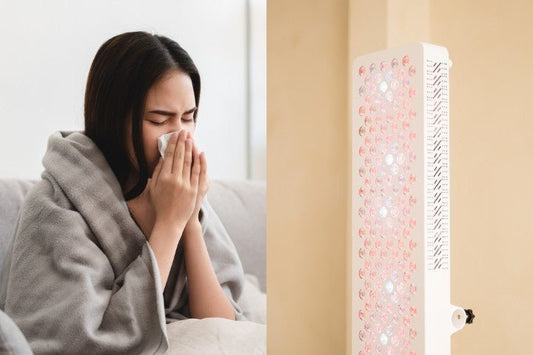What is acne and how do pimples form?
Acne is a skin condition that occurs when the hair follicles on your skin become clogged with sebum and dead skin cells. This causes inflammations that manifest as pimples, blackheads or even painful subcutaneous bumps.
Hormonal changes in particular, such as during puberty or the menstrual cycle, can aggravate acne. In addition, factors such as stress, diet and genetics can contribute to the appearance of pimples. It is a common problem that can affect both adolescents and adults.
Different types of acne
- Blackheads (open comedones): Clogged pores where the top of the sebum and dead skin cells turn a dark colour due to oxidation. This form of acne is mild and often easy to treat.
- Whiteheads (closed comedones): These are clogged pores that remain below the skin surface and form a white bump. They are harder to squeeze out because they are closed.
- Papules: Small, red, inflamed bumps caused by irritation in the hair follicles. They can be sensitive but do not contain pus.
- Pustules: These are pimples with a red base and a white head filled with pus. They are common on the face and back.
- Nodular acne: Large, painful nodules that form deep under the skin. This form of acne is more severe and can leave scars if not treated properly.
- Cystic acne: The most severe form of acne, in which deep inflamed cysts appear that are filled with pus. This form can cause scarring and often requires medical treatment.
Does light therapy help against acne and pimples?
Light therapy is increasingly used as an effective treatment against acne. Red light and infrared light penetrate deep into the skin and help reduce inflammation. This is important because acne is caused by inflamed sebaceous glands and excessive sebum production. In addition, red light stimulates the production of collagen, which helps repair the skin and prevent new pimples. Infrared light also has an anti-inflammatory effect and promotes the skin's healing process.
Besides red light, blue light is also often used to fight acne. Blue light effectively fights acne by killing the bacteria that cause the condition and reduces excess sebum production. So you work on healthy skin from the inside out, without harsh creams or medication.
Want to know more about therapy for your face? Then read on to our page on LED Therapy for your face.
How does infrared and Red Light Therapy work?
Light therapy for acne is a simple and painless treatment. All you have to do is use a special lamp, mask or panel with red or infrared light. These devices are designed to emit wavelengths of light that penetrate deep into your skin.
For optimal results, it is recommended to apply the therapy several times a week. The treatment can easily be done at home, but professional treatments are also available at skin clinics. The devices used for this purpose are often portable and require only a few minutes per session. Regular use reduces acne and prevents new pimple outbreaks.
Useful tip: Our product descriptions include clear instructions for use, so you can be sure you are doing everything correctly.
What are the benefits?
Red light therapy offers several benefits for your skin, especially if you are dealing with acne:
- Reduces inflammation: Red light helps soothe the skin and reduces inflammation, making existing pimples heal faster.
- Stimulates cell renewal: It stimulates the production of new skin cells, which helps reduce scarring and prevents new pimples from forming.
- Non-invasive and painless: Unlike some other acne treatments, red light therapy is completely painless and non-invasive.
- Suitable for all skin types: This treatment can be applied to any skin type without risk of side effects such as irritation or dryness.
- Easy to perform at home: With the right equipment, you can easily do red light therapy from the comfort of your own home.
Our favourite products
At Liroma, we offer a number of effective products to apply light therapy at home and reduce your acne:
- LED Face Mask: This mask combines red and blue light to tackle acne and make your skin glow.
- Red Light Therapy Armor 500: A compact and effective option for targeted relief of skin problems.
- Red Light Therapy Armor 600: Ideal for larger skin areas and for intensive treatment of acne.
- Red Light Therapy FORCE RTL120: Perfect for targeted and intensive red light treatments.
Are there any drawbacks or side effects?
Red light therapy is generally considered safe and has few or no side effects. It is a gentle, non-invasive treatment suitable for almost all skin types.
However, in rare cases, mild skin irritation or dryness may occur, especially if the therapy is applied too often or too intensively. It is important to follow the recommended application instructions and keep your skin well moisturised after treatment. When in doubt, always consult a dermatologist before starting therapy.
A 2013 review by Harvard Medical School shows that Red Light Therapy is praised for its non-intensive nature and almost complete absence of side effects.
Other tips to reduce acne and pimples
Besides using light therapy, there are a number of other measures you can take to reduce acne and pimples:
- Keep your skin clean: Clean your face daily with a mild cleanser to remove excess sebum and dirt.
- Use a non-comedogenic moisturiser: This will keep your skin hydrated without clogging your pores.
- Eat healthy and balanced: Nutrition affects your skin. Try to include foods rich in antioxidants, such as fruits and vegetables, in your diet.
- Avoid stress: Stress can aggravate acne. Try relaxation techniques such as meditation or yoga to reduce stress.
- Avoid harsh products: Do not use products with harsh chemicals that can irritate your skin and worsen acne.



